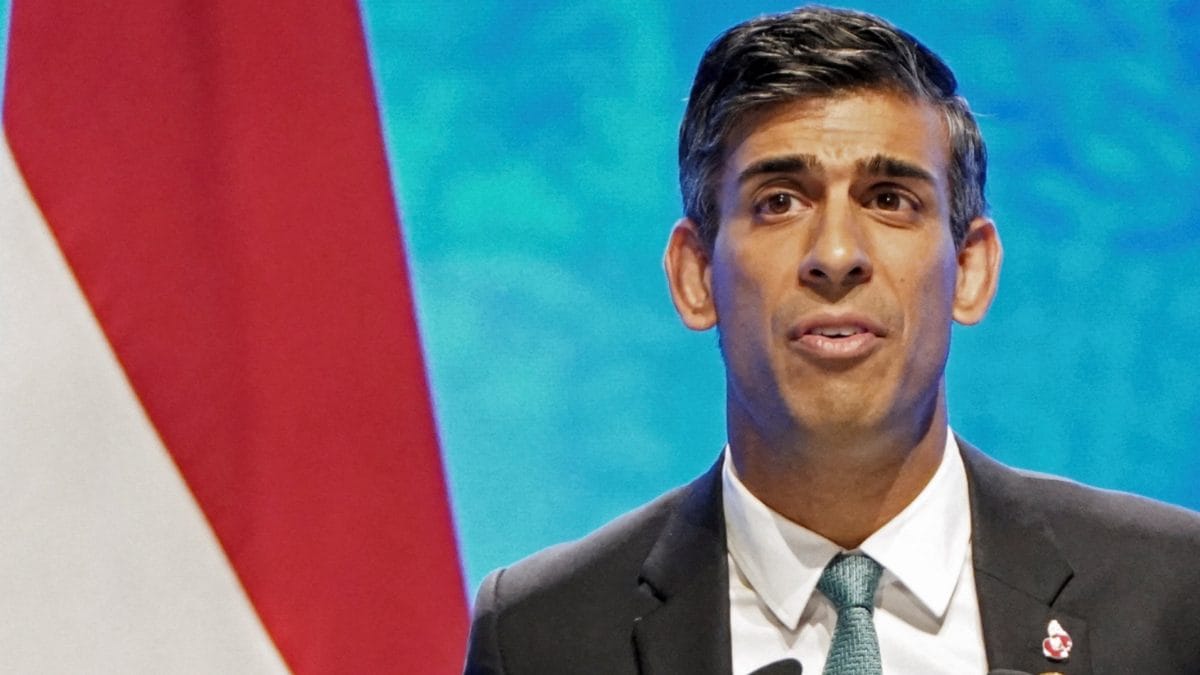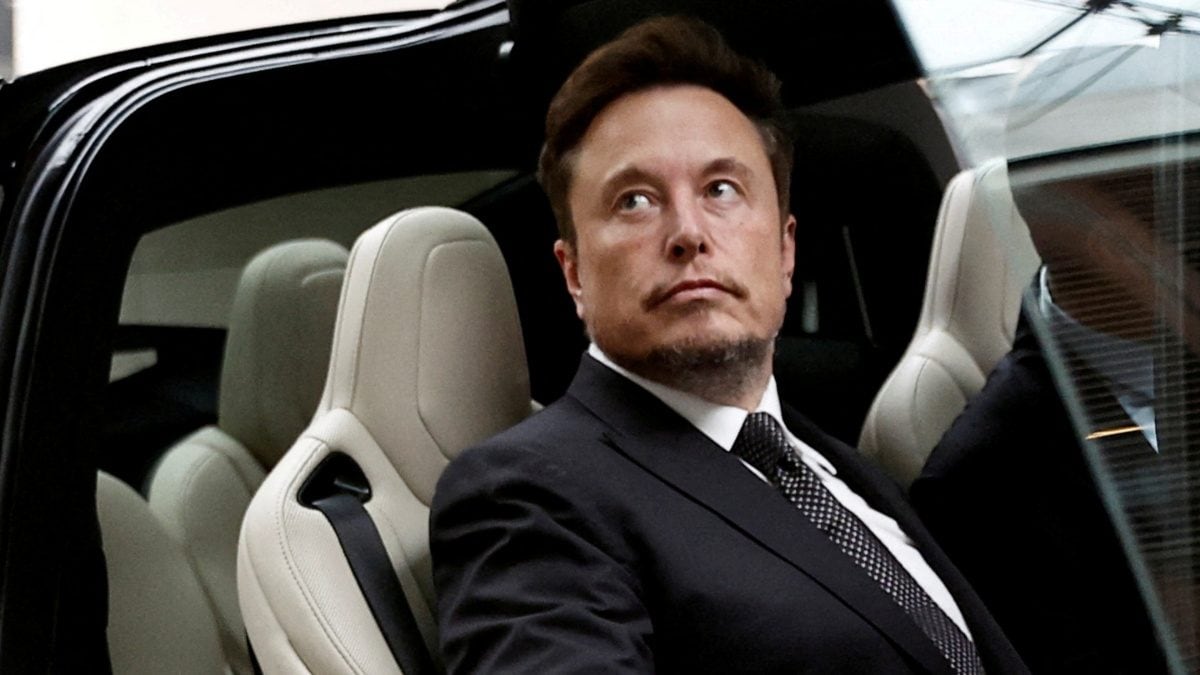Jeremy Hunt will attempt to use next week’s budget to reboot the Conservatives’ flatlining performance in the opinion polls before the next general election, with the chancellor widely expected to announce sweeping tax cuts.
But while Rishi Sunak will be hoping his chancellor delivers a near-term bounce from crowd-pleasing giveaways, his government is facing growing pressure over the Tories’ management of the economy over the past 14 years. Here are 10 charts outlining the Conservatives’ record since 2010.
The deficit
Debt chart“We can’t go on like this. I’ll cut the deficit, not the NHS,” read David Cameron’s famous campaign poster before the 2010 general election.
After the 2008 global financial crisis cratered Britain’s economy, inflicting the largest government deficit of the postwar era (before the Covid pandemic), the Tories came to power pledging to mend the public finances. Under George Osborne in No 11 this included austerity in the public sector and benefit cuts.
Sunak is also promising to cut the national debt. But the Tories never eliminated the deficit, and the national debt (the sum of every annual shortfall) has steadily risen from 64.7% of gross domestic product (GDP) in 2010 to 96.5% currently – the highest level since the 1960s.
The NHS
NHS waiting list chartNHS waiting lists have soared since the Covid pandemic – but were already rising sharply before the health emergency amid workforce shortages and underinvestment in infrastructure.
NHS funding has risen in every year in real terms since 2010, as a ringfenced commitment under the Tories. However, it has increased by far less than the long-term historical average, while a growing and ageing population has added to pressures.
Sunak has committed to cutting NHS waiting lists. The Institute for Fiscal Studies estimates they will be falling come the election but will not hit pre-Covid levels until at least 2030.
Economic growth
UK GDP chart“Long-term economic plan” was a favourite soundbite of the Osborne era. But Britain’s economy has suffered historically weak growth over the past 14 years, after a slow recovery from the 2008 crash; then shocks including Brexit, the Covid pandemic and the cost of living crisis.
The Institute of Economic and Social Research estimates the UK’s trend annual growth rate has fallen from 3.4% a year in the postwar period up to 1973, to 2.3% up to the 2008 financial crisis, to just 1.2% in the years since.
Underinvestment
Investment chartBritain historically lags other advanced countries for public and private investment in the economy. However, the UK has fallen further behind since 2010 amid the impact from austerity, Brexit uncertainty and the political drama of five prime ministers in eight years.
The IPPR thinktank estimates the UK has underinvested to the tune of half a trillion pounds, or 30 Elizabeth lines. Most visible in crumbling schools, hospitals and infrastructure, it argues this lack of investment is behind key reasons for lacklustre productivity gains – a key driver of economic growth.
Global Britain?
Goods trade chartThe narrow Brexit vote in 2016 triggered lasting economic upheaval, including tougher trade barriers with the UK’s largest trading partner. The UK economy has notably underperformed other advanced countries since, with real GDP per capita barely above pre-Covid levels, at 4% above the mid-2016 level, compared with 8% in the eurozone and 15% for the US.
Rather than an explosion in global trade after Brexit, the US investment bank Goldman Sachs estimates total goods trade volumes have underperformed by about 15% compared with other economies, and relative to staying in the EU.
Record increase in taxation
Tax and GDP chartRising debt interest and growing demand on services from an ageing population have pushed up government spending. But sluggish economic growth has meant weak tax income for the exchequer. In response, Sunak has increased taxes, largely by stealth, to put revenues as a share of the economy on track to hit the highest level since the second world war.
Sunak launched a freeze on income tax and increased corporation tax during his time as chancellor. Even after tax cuts in last year’s autumn statement, and any expected cuts in next week’s budget, taxes are still expected to be higher as a share of national income than when the Conservatives came to power in 2010.
Flatlining wage growth
Pay chartA weak economy has left workers paying the price. Real wages had grown by an average of 33% a decade from 1970 to 2007, but this fell to below zero in the 2010s. In mid-2023, average pay was back at the level during the 2008 financial crisis, after taking account of inflation.
This 15 years of lost wage growth is estimated by the Resolution Foundation thinktank to have cost the average work £10,700 a year. The performance has been ranked as the worst period for pay growth since the Napoleonic wars ended in 1815.
Food bank usage has spiralled
Food bank chartPoverty has deepened over the past 14 years, leading to an explosion in food bank usage. From fewer than 100,000 in 2010, the number of emergency food parcels from the Trussell Trust has soared to almost 3m a year.
Deep cuts to benefits and rising living costs have outweighed gains from large minimum wage increases for the lowest-income households. These cuts have reduced the incomes of poorest fifth by just under £3,000 a year, according to the Resolution Foundation. This laid the ground for a deeper cost of living crisis as inflation soared after the pandemic and Russian war in Ukraine to the highest level in 41 years.
Unemployment has remained low
Unemployment chartAn economic bright spot since 2010 has been consistently low unemployment, matching among the lowest levels on records dating to the 1970s. The official jobless rate has fallen from about 8% in 2010 to less than 4%, with a damaging rise prevented during the Covid pandemic by the government’s furlough scheme.
However, the official figures obscure consistently high economic inactivity – when working-age adults are neither in a job nor looking for one. This includes a sharp increase in the number of people outside the labour market due to long-term sickness to a record high of 2.8 million.
Migration has increased sharply
Migration chartNet immigration to the UK has surged despite Brexit and repeated government promises to reduce it. David Cameron said in early 2010 that if he won the election, he would limit net immigration to “tens of thousands” per year. Net immigration reached a record 745,000 in 2022.
The UK population is projected to hit 70 million by mid-2026, a decade earlier than expected. Without growth in the population, and with it the UK workforce, Britain’s economy would have grown at a slower pace. Official figures show GDP per head has remained stagnant or fallen for seven quarters up to the end of 2023 – the worst performance since modern records began in 1955.

 1 month ago
1 month ago


















